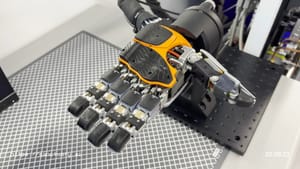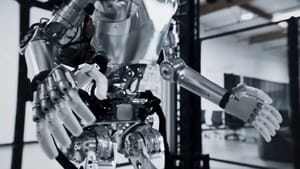Hello, fashionistas, techies, and curious minds! Buckle up, because we're embarking on an exhilarating journey where the worlds of fashion and technology collide, creating a universe that's as fascinating as it is futuristic. I'm not talking about a sci-fi movie. No, no, it's far more riveting than that. This, my dear readers, is the dawn of haute tech couture.
Are you envisioning humanoid robots strutting down the runway? Well, not quite. But let me assure you, the reality is just as compelling. Robots, those incredible offspring of human ingenuity, are revolutionizing the fashion industry in ways we could have only dreamed of a decade ago. They're not just mere tools, oh no!
They are becoming the artisans of the fashion industry, creating intricate designs and cutting-edge styles that redefine our understanding of high fashion.You might think, "Isn't this like that scene from The Fifth Element where a machine whips up a perfect little black dress for Leeloo in seconds?" You're not far off. But trust me, this isn't the stuff of movie magic anymore. It's real, it's now, and it's utterly fabulous.
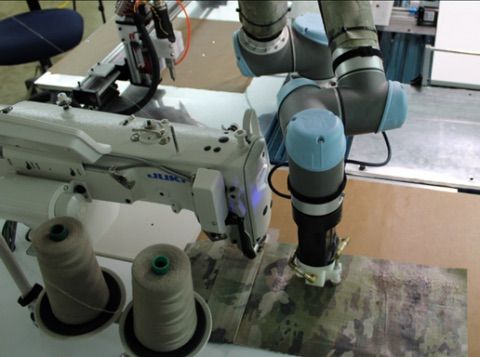
This is not just the next big thing; it's a paradigm shift in how we create, perceive, and wear fashion. So, grab your front-row seats, ladies and gentlemen, as we unravel the world of haute tech couture.
Robots in the Atelier: The Revolution
Let's take a step into the atelier, the heart and soul of any fashion house. A place where threads meet needles, fabrics are transformed, and creative dreams come to life. But these days, it's not just nimble human hands doing all the work. Instead, we're increasingly seeing robotic arms executing meticulous tasks with astonishing precision and speed. "
“What a time to be alive," as Dr. Emmett Brown from Back to the Future might say.
Take a look at the world-renowned fashion house, Balenciaga. Their latest collection was a marvel of robot-assisted design, where machines performed tasks ranging from cutting fabrics to intricate embroidery work. Robots enabled the fashion house to experiment with complex designs that would be too time-consuming or challenging to execute by hand.Then there's ZARA, the fast-fashion behemoth that relies heavily on automation for everything from stocking to sewing. They've even used robots for pattern cutting, significantly reducing production times and ensuring each cut is exactly as the designer envisioned.
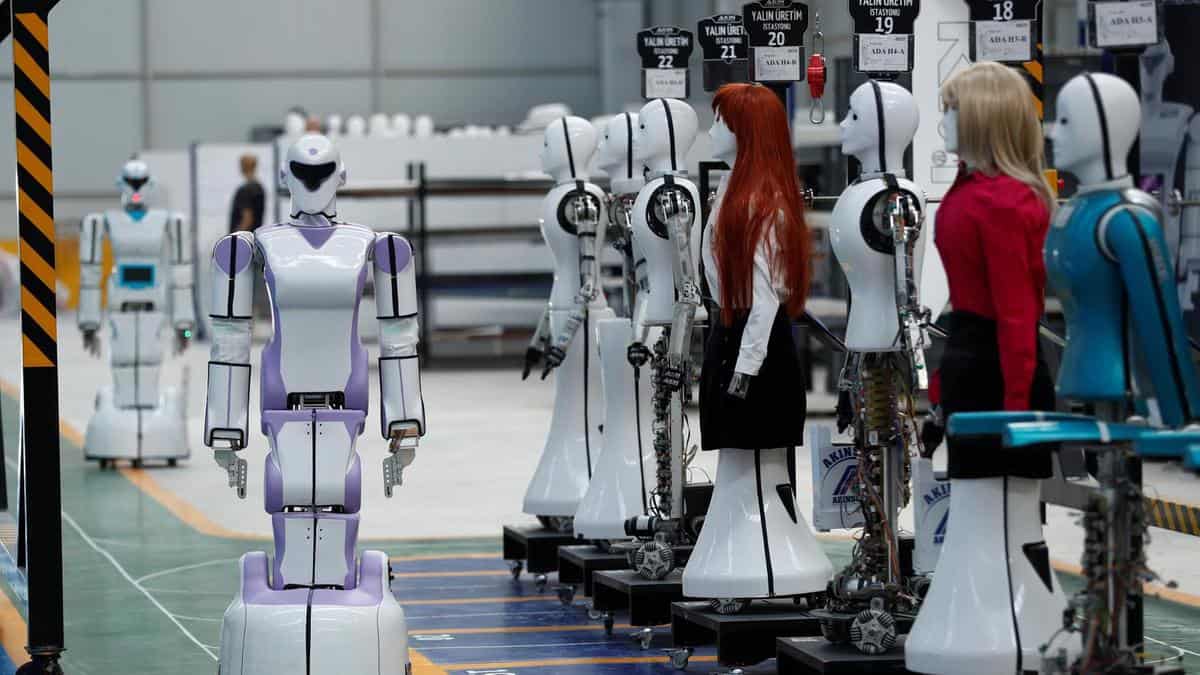
But it's not just about speed and precision; robots are also pushing the boundaries of creativity. Unconstrained by human limitations, they can work with materials and techniques that designers could only dream of before.
Case in point: Iris van Herpen, a Dutch designer known for her avant-garde couture, uses 3D printing (a form of robotic technology) to create designs that are truly out of this world.
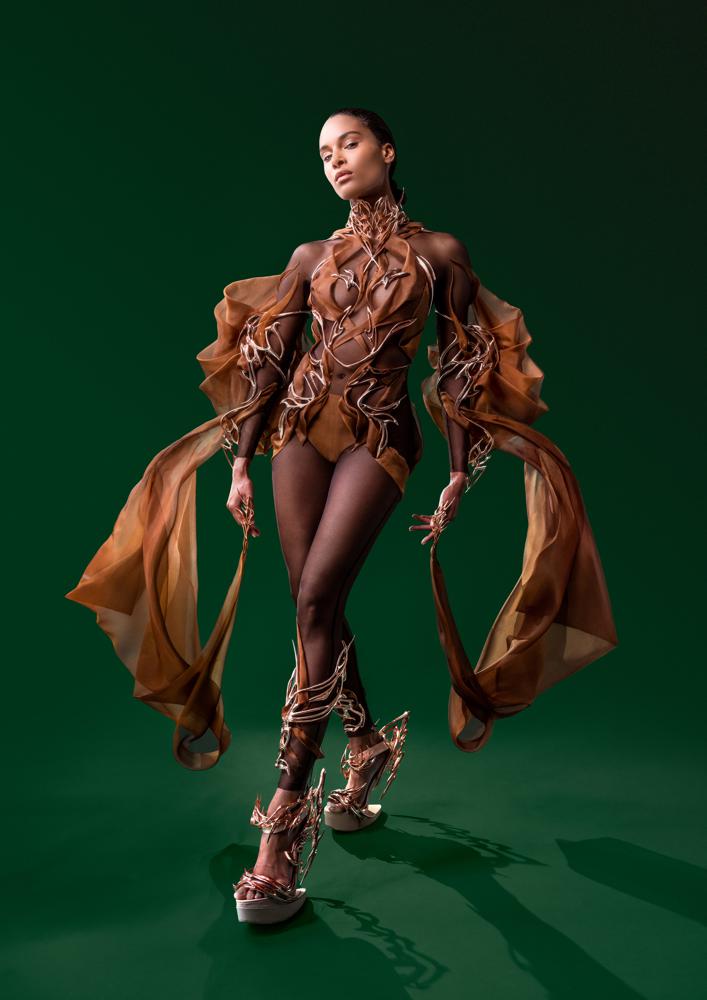
The impact of robotics on fashion design is profound and far-reaching. It's like unleashing a new kind of creativity, one that's not bound by the physical limitations of human hands or the 24 hours in a day.
As we embrace this new era, we're not just witnessing a revolution; we're participating in it. So, hold on to your hats (or should I say, your robotic sewing machines?), because this is just the beginning.
FUN FACTS
In 2018, the annual Met Gala – the pinnacle of iconic fashion events – had the theme "Heavenly Bodies: Fashion and the Catholic Imagination", but in 2016, the theme was "Manus x Machina: Fashion in an Age of Technology". It highlighted how handmade and machine-made fashion intersect, and the exhibits included 3D-printed dresses!
Ever heard of the Spider Dress? It's a perfect blend of fashion and robotics. Designed by Dutch designer Anouk Wipprecht, it's a 3D-printed garment that features robotic spider legs that respond to external stimuli, making fashion not just beautiful, but also interactive.
The world's first digital supermodel is a robot! Her name is Shudu, and she's the creation of photographer Cameron-James Wilson. Shudu has gained a significant following on Instagram and has been featured in several high-profile ad campaigns.
The robotics company SoftWear Automation has developed a robotic sewing system called LOWRY that can produce as many shirts per hour as 17 human workers.
In 2014, a company called Electroloom claimed to have created the world's first 3D printer for clothing. They used a process called electrospinning to create seamless garments out of a liquid solution.
The Future of Fashion: Predictions and Possibilities
So, we've seen how robots are weaving their magic into the fashion industry today, but what about tomorrow? What does the future hold for our mechanized maestros? Well, as Doc Brown would say, "The future is whatever you make it," and the fashion industry is ready to mold a future that's as innovative as it is inspiring.
One of the most exciting prospects of robotics in fashion lies in the realm of customization. Imagine walking into a store, getting your body scanned, choosing a design, and having a robot stitch together an outfit that fits you perfectly—all in a matter of minutes. Sound like something out of Star Trek? Well, it might be closer than you think.We're already seeing glimpses of this with brands like Unspun, a tech startup that uses 3D weaving machines to create custom-fit jeans. But that's just the tip of the iceberg. As technology advances, we could see a paradigm shift where mass-produced, one-size-fits-all fashion is replaced by bespoke clothing created on-demand by our robotic companions.
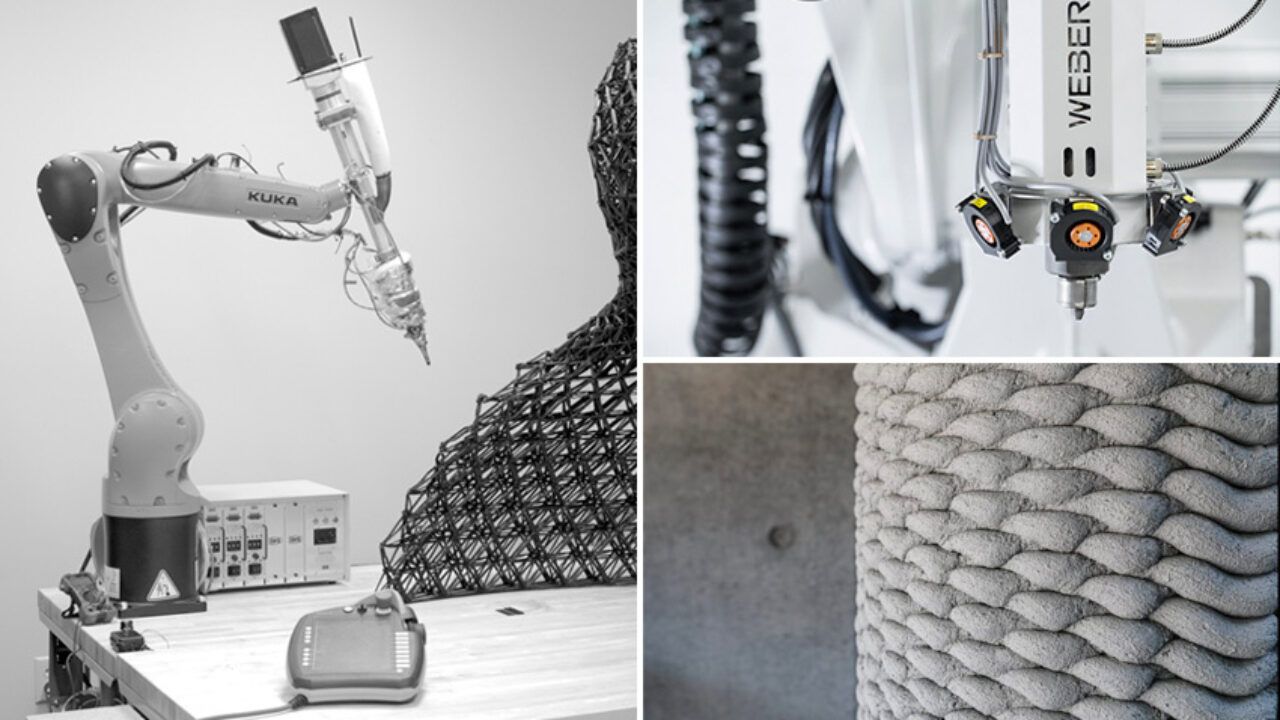
The potential long-term effects of robotics in fashion are limitless. Robots can work around the clock, reducing production times dramatically. They can execute designs with a level of precision and consistency that's hard to achieve manually. This means not only faster and more efficient production but also a significant reduction in waste—a huge step forward in sustainable fashion.
Furthermore, robotics opens up new realms of creative possibilities. With robots, designers can experiment with novel materials and complex designs, pushing the boundaries of what's possible in fashion. Imagine garments with built-in electronics that change color or pattern at the press of a button, or clothes that adapt to your body temperature or mood. The future of fashion could be a symphony of style and science, and robots will be the conductors.In the words of the fashion-forward Edna Mode from The Incredibles,
Hands-On Learning: DIY
Now, dear readers, let's roll up our sleeves and dive into the exciting world of DIY robotics in fashion. After all, what's the fun in being a passive observer when you can take the driver's seat, right?
And don't worry if you're thinking, "I'm not a Tony Stark, I can't build a robot." It's not about building Iron Man's suit (though how cool would that be!), but about understanding and engaging with the tech that's transforming fashion.
One way to start is by exploring 3D printing. This technology is becoming increasingly accessible and affordable, and it's a great way to create custom accessories or even clothing.
Websites like Thingiverse offer a plethora of free 3D printing patterns for you to try. From intricate jewelry designs to funky shoe patterns, you'll be amazed by what you can create.
[add_reference_here] (3D printer working on a piece of jewelry or a fashion accessory)
If you're more software-inclined, why not try creating a digital fashion design? Platforms like CLO3D allow you to design, drape, and color your virtual garment, and see how it would look in real life.
It's a fascinating peek into the future of fashion design, and who knows, you might find a hidden talent.
For the adventurous ones among you, why not delve into the world of wearable tech? Websites like Adafruit offer DIY kits to create garments with built-in electronics. Imagine a scarf that lights up in the dark or a t-shirt that responds to sound. With these resources, the only limit is your imagination.
So, as Walt Disney said, "If you can dream it, you can do it." Go ahead, dear reader, dive in and make your own mark in the world of haute tech couture.
As we wrap up this tour of the future of fashion, I hope you're as dazzled by the prospects as I am. From the precision of robotic arms in the atelier to the boundless creativity offered by technologies like 3D printing and wearable tech, the fashion industry is on the cusp of a revolution. And it's not just about flashy gadgets or faster production; it's about democratizing fashion, making it more sustainable, more customizable, and more accessible.
It's an exciting time to be a part of this industry, whether you're a seasoned designer, a tech enthusiast, or simply a fashion lover. As we've seen, there are plenty of opportunities for everyone to get involved, to learn, and to contribute. And who knows, maybe you'll be the one to create the next big thing in haute tech couture.
To quote Steve Jobs,
"The people who are crazy enough to think they can change the world are the ones who do."
So why not be a little crazy? After all, in the world of fashion, a little bit of madness is just what we need.
Thank you, dear reader, for joining me on this journey. Here's to a future that's not just fashionable, but fabulously, unapologetically futuristic.




